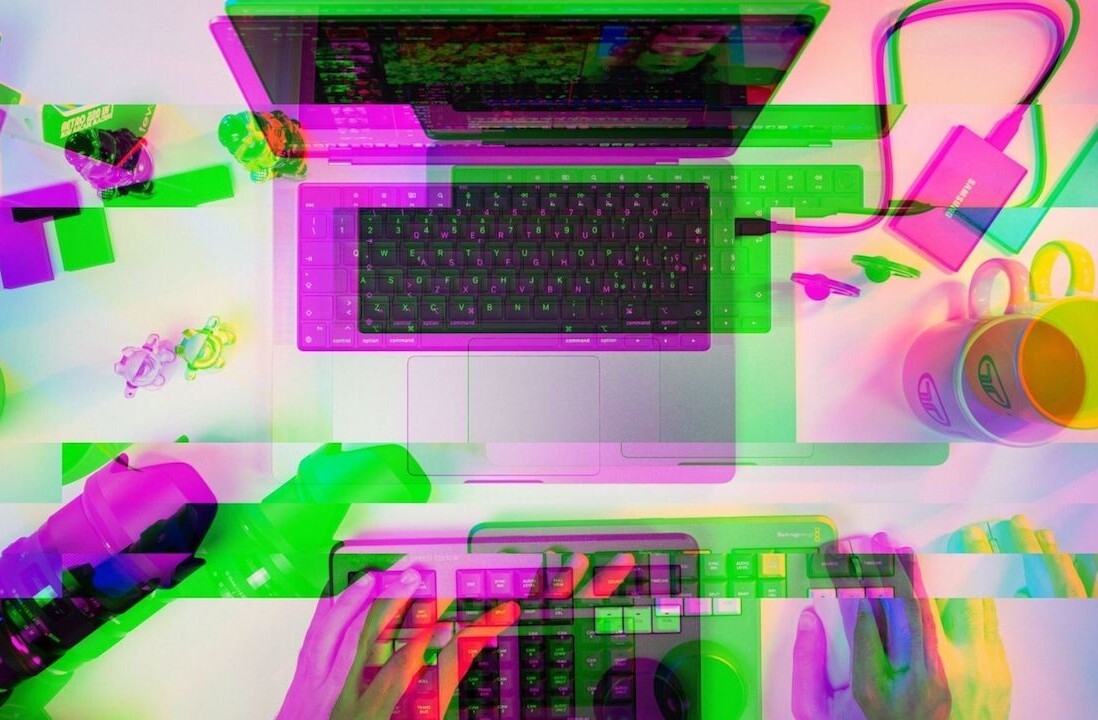How can we regain control, establish balance, and preserve what makes us human? This is what we will be exploring during this years Social Media Week, as part of The Future of Now, which kicks off February 17-21 in New York City.

Toby Daniels is the founder and Executive Director of Social Media Week and CEO of New York-based Crowdcentric. This post is part of The Future of Now series which will explore the societal implications of our technology obsession.
You get up in the morning and even before crawling out of bed, the first thing you do is check your phone for new notifications. As you grab your morning coffee, you again turn to social channels as you wait inline. More notifications. More likes. A few retweets and oh, an email and a text.
Each time our phones light up is another social contact made. But how deep are those contacts?
If we’re not careful, we might forget that the people on the other end of our communications are in fact also humans, with lives and finite amounts of time to engage.
We’re feeding the system, but what are we feeding it with? Our interactions are becoming more robotic and stiff. Our social connections have evolved into habit, bordering on addiction for many. But do we know why we turn to these outlets? Why has our speech and relational interactions begun to mimic those of our text and IM messages? Do we understand the thought processes behind our behavior?
Our 24/7 connection to the digital world often disconnects us from the real world around us — from our physical surroundings, from our loved ones, and especially from ourselves. We become over-stimulated and thus, have less resources to devote to what’s really important to us, our goals, and our relationships.
So, what would happen if we lived with more intention — tried to be more human in this age of digital technology?
What do we consider to be human anymore?
Let’s start by asking: “What does being human look like?”
This is a question that underlines the movie “Her.” The film depicts how a machine can fill our need for companionship and eventually becomes self-aware. A voice in technology becomes the object of our romantic affection. So, what really separates us from technology?
It’s compassion; recognizing the differences and sameness of others. It’s seeking out connection with others. It’s understanding our own emotions and behavior. It’s experiencing the depth of our daily lives — both challenges and joys.
Famed psychologist Carl Rogers noted it as living in the moment and being fully open to the experiences encountered in our lives. As a “fully functioning person,” you will be able to express feelings freely, trust in themselves, and live a rich, full, and creative life.
There’s an outward need to relate to others and express ourselves. But there’s also a need for an inner meaning and purpose. You may recall Maslow’s hierarchy of needs — up at the top of his pyramid of needs in our life lays purpose and meaning in life.
I sum up being human as living with intention and expression.
So, when we’re standing in line checking in on our Facebook, are we able to engage in this?
While every moment doesn’t need to be laced with deep hidden traces of meaning and expression, when our daily lives are filled with it, we are more productive, happy, and able to enact change around us.
So, why haven’t we?
We get distracted. We get bored. We lose sight of our end goal. We forget we have an end goal. In all its glory, tech and social have become distractions for us.
Instead of moving toward a desire to get that other degree, or deepen a relationship with a partner, we get lost in the minutia of living.
There is a silver lining though. Tech can empower us. There are tools we can use that help us establish a disciplined routine for social media engagement, optimize our day with cognitive mapping tools, and develop more meaning into our relationships. We’re seeing this already emerge in the fields of quantified self and wearable tech and we expect we’ll be seeing a lot more of this in 2014.
We’re already seeing how it’s changing businesses by removing barriers and making them more personable and human. Wired magazine recently made the case that tech like Google Glass can help tech get out of the way and help us move forward with our goals, relationships and self-realization.
And that’s just one example. There’s Couple, which lets you sync your life with your closest loved one. Or Mailbox, which requires to really examine if you want to keep that email — letting you focus on what’s important.
Technology can help us be more human, but this means we need to focus on the connections that high quality and set boundaries about how and when we use it
The solution lies in us being in charge of our relationship with tech and social; not the other way around.
Image credit: Shutterstock/takayuki
Get the TNW newsletter
Get the most important tech news in your inbox each week.





